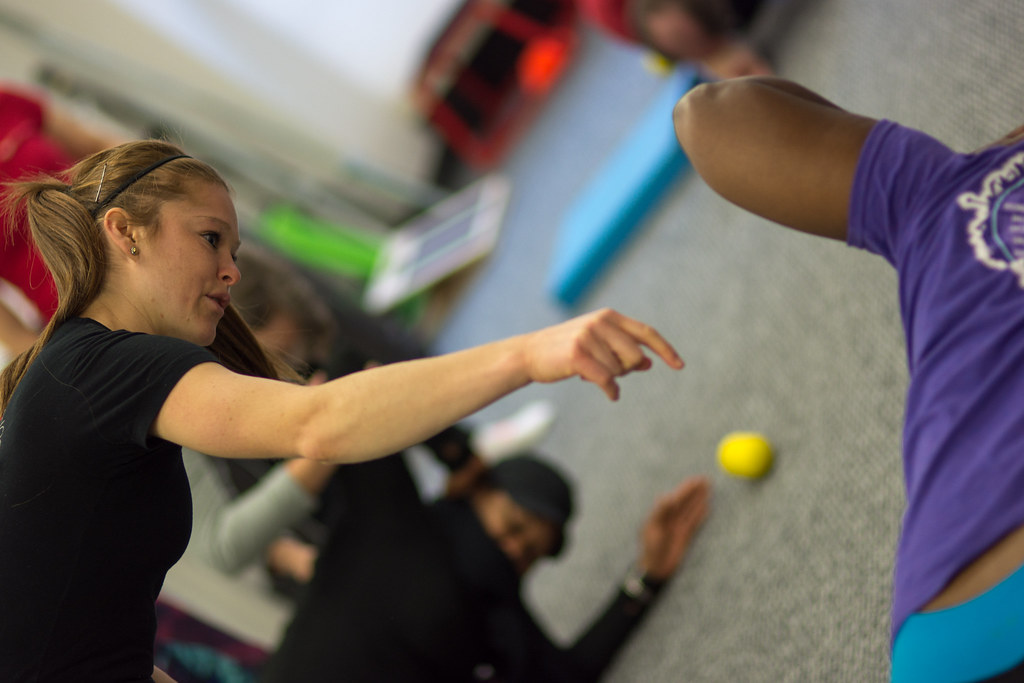Athletic activities provide numerous physical and mental benefits. Participating in sports brings about physical demands that can pose risks to athletes without proper preparation. One effective way to support the long-term health and safety of athletes is by undergoing sports physicals before engaging in any activity.
What Are Sports Physicals?
Sports physicals are evaluations conducted by a healthcare provider to assess an athlete’s physical health and readiness to participate in sports activities. It is often required by schools or sports leagues before an individual can compete in events. The main objective of the sports physical is to identify any potential health issues or physical conditions that could affect an athlete’s ability to participate safely in sports.
What Do They Entail?
During a sports physical, healthcare providers usually conduct a thorough evaluation of the athlete’s overall health. The provider will review the athlete’s medical history. This includes:
- Any past or current illnesses or chronic conditions (e.g., asthma, diabetes, or heart conditions)
- Previous sports-related injuries, such as fractures, sprains, or concussions
- Any surgeries or hospitalizations
- Allergies, including those to medications or environmental triggers
- Family medical history, particularly any history of heart disease or sudden cardiac events
This stage often involves completing a detailed questionnaire that gives the healthcare provider a clear picture of any risks or concerns.
Physical Examination
The physical exam component assesses the athlete’s current fitness level and overall physical well-being. The aim is to uncover conditions that may cause harm under the stress of athletic activity. During this exam, healthcare providers may assess:
- Blood pressure and heart rate
- Vision and hearing
- Cardiovascular and respiratory function
Providers might also check for signs of potential biomechanical imbalances or other physical conditions that may require attention before participating in sports. After completing the review and physical examination, the healthcare provider will discuss their findings. Based on the assessment, they may offer suggestions, such as recommendations for further testing or advice on how to manage known conditions during sports participation.
How Can They Prevent Athletic Injuries?
Sports physicals play a significant role in helping athletes stay healthy and avoid injuries. A sports physical helps detect any pre-existing medical conditions that could potentially worsen with sports participation. A provider can identify if an individual has asthma that needs stricter control or a heart condition requiring special precautions. Addressing these conditions in advance can reduce the likelihood of complications or emergencies during training or games.
Assessing Musculoskeletal Health
The physical examination includes an evaluation of joint strength, flexibility, and range of motion. Identifying areas of tightness, muscle imbalances, or past injuries allows providers to recommend targeted strengthening or stretching exercises. These interventions can improve the athlete’s biomechanics, lowering the chance of sprains, tears, or overuse injuries.
Monitoring Growth and Development
For young athletes, growth spurts and developmental changes can affect coordination and stability. A provider may identify factors associated with rapid growth, such as changes in posture or gait, which may increase injury risk. With guidance on appropriate warm-ups, stretching routines, and strength exercises, athletes can better adapt to these physical changes.
Finding a Care Provider for a Physical?
Sports physicals go beyond being a requirement; they serve as an invaluable tool for athletes to prepare for their activities confidently and safely. By identifying health conditions, assessing fitness levels, and providing tailored recommendations, sports physicals offer a proactive way to minimize injury risks and maximize performance. A health professional’s evaluation can provide assurance that your body is ready to take on both the challenges and rewards of athletic participation.

Leave a Reply